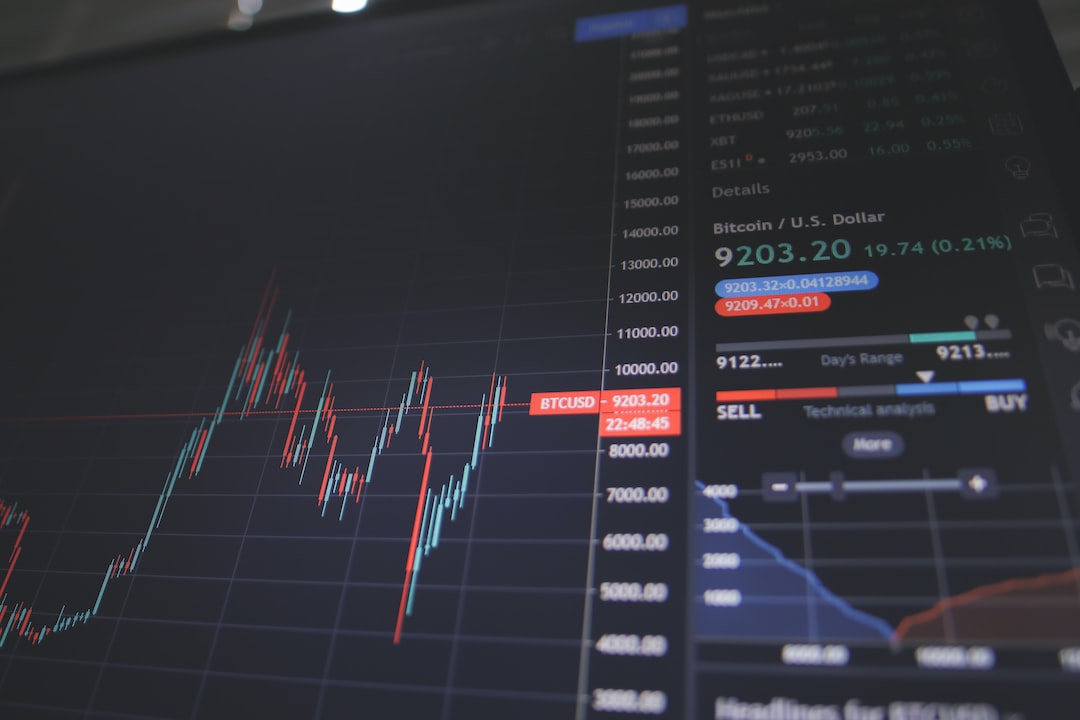Leverage in forex trading is a powerful tool that can amplify both profits and losses. It allows traders to control a larger position with a smaller initial investment, giving them the potential to make significant gains. However, it is important to understand how to use leverage effectively and responsibly.
In this article, we will explore leverage strategies in forex trading through a case study example. We will analyze a hypothetical trade and demonstrate how leverage can be used to maximize profits while managing risks.
Let’s consider a trader who has $10,000 in their trading account and wants to trade the EUR/USD currency pair. They believe that the euro will strengthen against the US dollar in the coming days and want to take advantage of this opportunity.
Without using leverage, the trader can only control a position size equal to their account balance. In this case, they can trade a maximum of $10,000 worth of euros against the US dollar. If the trader expects a 1% increase in the euro’s value, their potential profit would be $100.
Now, let’s introduce leverage into the equation. The trader decides to use a leverage ratio of 1:100, which means that for every dollar in their account, they can control $100 in the market. With $10,000 in their account, they can now control a position size of $1,000,000.
Using leverage, the trader can potentially make much larger profits. If the euro strengthens by 1% as expected, their profit would be $10,000. However, it is important to note that leverage also increases the potential for losses. If the euro weakens by 1%, the trader would lose $10,000, wiping out their entire account balance.
To mitigate the risks associated with leverage, traders can implement risk management strategies. One common strategy is to use stop-loss orders, which automatically close a trade if it reaches a predetermined level of loss. Let’s say our trader sets a stop-loss order at 1% of their account balance, which is $100.
With a stop-loss order in place, the trader’s maximum potential loss is limited to $100, even if the trade goes against them. This helps protect their account from significant drawdowns and ensures that they can live to trade another day.
In addition to stop-loss orders, traders can also use take-profit orders to secure profits. A take-profit order automatically closes a trade when it reaches a certain level of profit. For example, if the trader sets a take-profit order at 2% of their account balance, they would secure a profit of $200 if the trade reaches this level.
By using both stop-loss and take-profit orders, traders can set clear risk-reward ratios for their trades. This helps them maintain discipline and avoid emotional decision-making, which can lead to poor trading outcomes.
In conclusion, leverage in forex trading can be a powerful tool when used effectively. It allows traders to control larger positions and potentially make significant gains. However, it is crucial to understand the risks involved and implement proper risk management strategies.
Through the case study example, we have seen how leverage can amplify profits but also increase the potential for losses. By using stop-loss and take-profit orders, traders can manage their risks and protect their trading capital.
Remember, leverage should be used with caution and only by experienced traders who have a thorough understanding of the forex market. It is always advisable to start with lower leverage ratios and gradually increase them as you gain more experience and confidence in your trading abilities.





